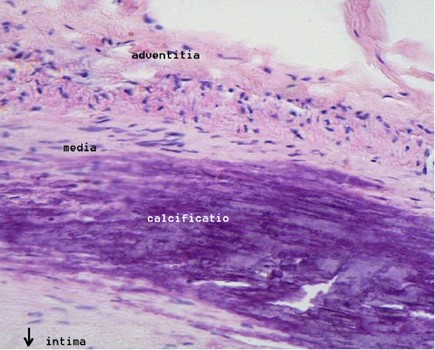New research involving the delivery of anti-inflammatory drugs to arterial walls clogged with atherosclerotic plaques could greatly reduce the incidence of a wide variety of serious conditions, including heart attacks, strokes, and kidney diseases, according to a Wednesday story in Yahoo News. The drugs would be delivered via thousands of plastic nanoparticles that be preprogrammed to attach themselves to plaque lined walls. The nanoparticles would, in the fullness of time, biodegrade and be absorbed by the human body.
The plaque that builds up on the walls of arteries over time consists of fat, fat, cholesterol, calcium, and other substances, according to the National Institutes for Health. Gradually, the plaque hardens and starts to block the flow of blood to parts of the body, leading the heart disease and chronic kidney disease. On occasion, pieces of plaque break off and form clots, blocking blood flow entirely, resulting in strokes and heart attacks.
Mouse studies have shown great promise in stabilizing plaque walls and preventing them from rupturing, causing clots. Plaques shrunk in size, shedding dead cell tissue, improving blood flow. However, since mice do not get heart attacks, the true test will come when human trials start.
According to the American Heart Association and the American Stroke Association, almost 787,000 people in the United States died from heart attacks, strokes, and related diseases. 85.6 million Americans are living with the debilitating effects of heart disease and strokes. Direct and indirect costs of these diseases amount to more to $320.1 billion per year, including health care costs and lost wages and productivity.
The possibility exists in that in the near future people who are prone to strokes and heart disease will get regular injections of the nanoparticles to ward off these diseases. What is now the biggest killer of Americans, more than all forms of cancer combined, could become a very rare occurrence. Once again, the research is an example of how real health care reform is taking place in the laboratory.















